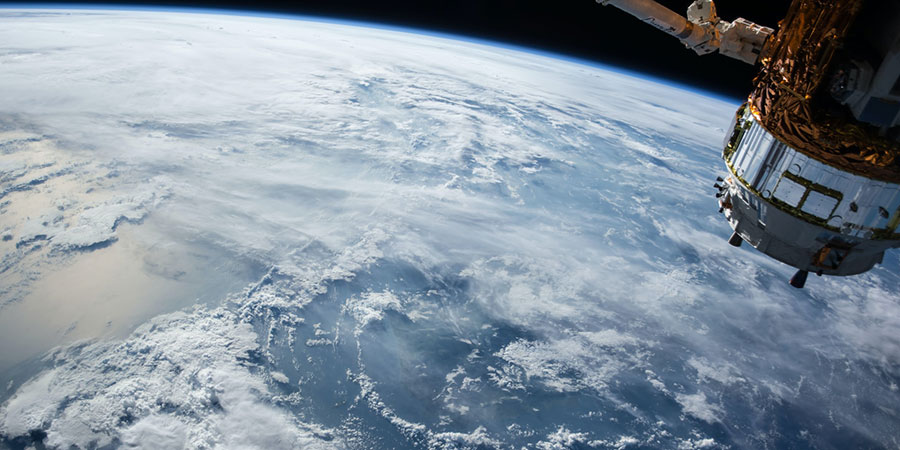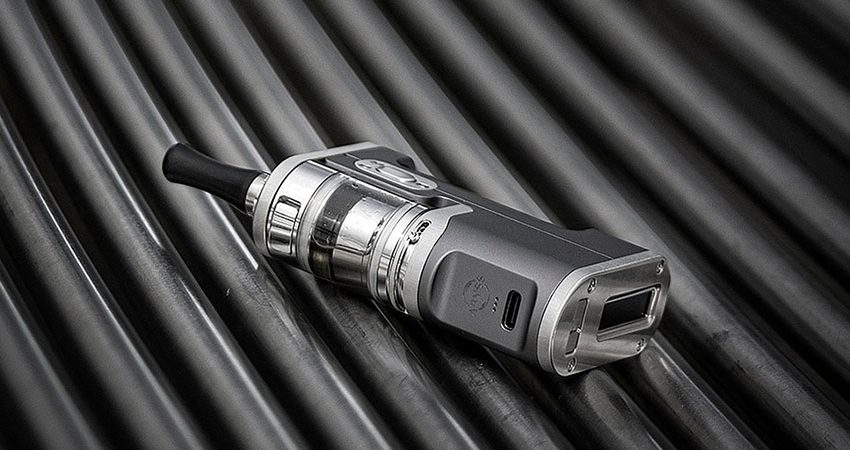As humanity reaches further into the cosmos, the technology that we take with us must be adapted to the unique challenges of space travel. Interestingly, vaping technology, which has become widespread on Earth, presents several design innovations that could be beneficial when modified for use in space missions.
From liquid management in microgravity to aerosol delivery systems, the mechanisms within vaping devices hold untapped potential for spaceflight applications. In fact, envisioning a future where astronauts rely on a specially designed vape kit to address atmospheric challenges adds a futuristic twist to the realm of space exploration.
Without further ado, here are 8 ways that vaping technology can be adapted for use in the final frontier.
Microgravity Liquid Delivery Systems
One of the main challenges in space is managing liquids in a microgravity environment.
Interestingly, vaping devices are equipped with a wicking system that efficiently delivers liquid to a heating element. This mechanism can be adapted to space missions where precise liquid management is essential, such as in life-support systems or scientific experiments.
By utilizing capillary action and carefully designed wick materials, these systems can ensure consistent fluid transfer without relying on gravity.
For space applications, the materials and design would need to be optimized for reduced off-gassing, a phenomenon where gases are released from materials in a vacuum, and compatibility with a wider range of liquids.
Moreover, the system could be made modular to allow for easy maintenance and replacement by astronauts during long-duration missions.
Portable Air Filtration Units
The heating and aerosolizing technology in vaping devices can be repurposed to create portable air filtration units.
In the constrained environment of a spacecraft, maintaining air quality is crucial. A filtration unit based on vaping technology could potentially trap and neutralize airborne contaminants using a heated grid or coil, much like e-liquid is vaporized.
The portability of such units would be ideal for space missions, where space and weight are at a premium.
These units would need to be engineered to work efficiently with the spacecraft’s existing life support systems and to handle the unique types of particulates that may be present in a space habitat. The development of such systems could incorporate advanced materials that are more resilient to the temperature variations and radiation levels encountered in space.
High-Efficiency Thermal Control
Vaping devices contain sophisticated methods for thermal control to regulate the temperature of the heating element. This technology can be adapted to manage thermal conditions within spacecraft systems and instruments. Efficient thermal regulation is critical in space to protect sensitive electronics and to maintain habitable conditions for astronauts.
Space-adapted thermal control systems could leverage the miniaturized and responsive heating elements from vaping devices. These elements could be integrated into spacecraft walls or components, providing uniform heat distribution and rapid response to temperature changes.
Additionally, the thermal control logic used in vaping devices could inform the development of software algorithms to manage these space-based heating systems.
Aerosol-Based Delivery Systems for Medical Applications
The precise aerosol delivery systems in vaping devices could be revolutionized for administering medication in space. In microgravity, traditional methods of delivering liquid medications can be problematic.
Adapting vaping technology could provide a more effective means of administering drugs through inhalation. This offers fast absorption through the lungs and avoids the challenges of swallowing pills in microgravity.
For space applications, these delivery systems would require rigorous testing to ensure they can produce consistent particle sizes suitable for pulmonary delivery.
They would also need to be free from contaminants and designed for ease of use by astronauts who are not medical professionals.
Sensors and Monitoring Devices
Modern vaping devices are often equipped with a range of sensors to monitor and adjust the vaping experience. These sensors can detect airflow, liquid levels, and changes in resistance, among other things.
For space missions, similar sensors could be used to monitor environmental conditions within the spacecraft or habitat.
By adapting the sensitivity and durability of these sensors to space conditions, they can provide real-time data on air quality, pressure changes, and other critical parameters.
Space-grade sensor technology would need to incorporate robust materials capable of withstanding radiation and extreme temperatures, as well as redundancy to ensure reliability. The miniaturization of these sensors, a feature already present in vaping devices, would also be highly advantageous for space applications, where every inch of space is valuable.
Spacecraft Humidity Control
Vaping devices efficiently manage the humidity of the air that passes through them, ensuring a balance to provide a smooth vapor. Similarly, humidity control is a critical aspect of maintaining a comfortable and safe environment within a spacecraft.
By adapting the technology from vaping devices, humidity levels can be finely tuned to prevent the accumulation of moisture that could lead to mold growth or corrosion of sensitive equipment.
The adaptation would involve scaling the technology and ensuring the materials are resistant to the harsh conditions of space travel.
Fluid Separation Technologies
The vaping process inherently involves the separation of air from liquid, ensuring that only vapor enters the user’s mouth.
This principle can be extremely useful in space applications where the separation of fluids from gases is necessary but complicated by the absence of gravity.
This technology can be applied to manage waste fluids, separate fuel from its oxidizer in propulsion systems, or process samples collected from other celestial bodies, ensuring that only the desired substances are delivered to the correct systems or storage units.
Compact Energy-efficient Heating Systems
The miniaturized heating elements in vaping devices are designed to be energy efficient, heating up quickly and cooling down rapidly to conserve power. This is particularly valuable in space missions, where energy conservation is paramount.
These heating elements could be adapted for use in a variety of spacecraft systems, from heating living quarters to warming instruments prior to use on the surface of cold celestial bodies.
By optimizing these elements for even greater efficiency and integrating them with spacecraft power systems, we could significantly reduce the energy footprint of human presence in space.

Conclusion
The vaping technology offers a plethora of innovative mechanisms that could be valuable in the unique environment of space. By harnessing the principles of liquid delivery, aerosol production, thermal control, and sensor integration, these adaptations could contribute significantly to the safety, efficiency, and success of future space missions.
As we continue to explore beyond our planet, it is essential to look at existing technologies with a creative eye to adapt and evolve them for the challenges of space travel.


